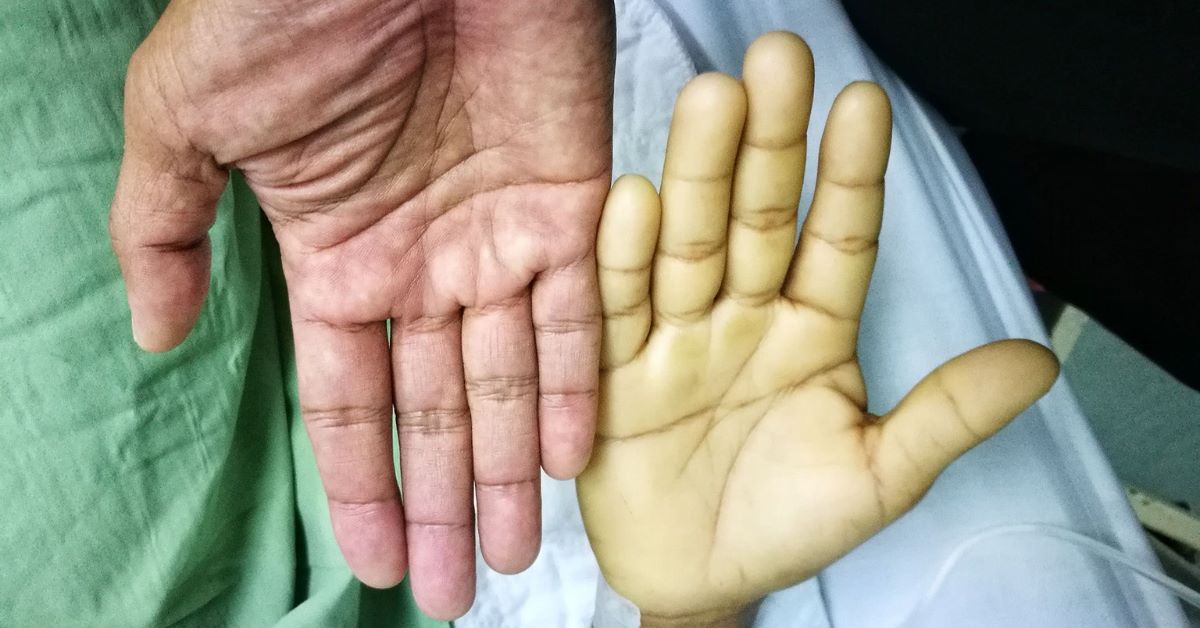
Aplastic anemia is a rare but serious condition where the bone marrow fails to produce enough blood cells. This can lead to fatigue, infections, and uncontrolled bleeding. What causes aplastic anemia? It can be triggered by various factors, including exposure to toxic chemicals, certain medications, viral infections, or autoimmune diseases. Sometimes, the cause remains unknown. How is it treated? Treatment options range from medications to stimulate bone marrow, blood transfusions, and even bone marrow transplants. Understanding this condition is crucial for early detection and effective management. Let's dive into 50 facts about aplastic anemia to shed light on its complexities and treatments.
What is Aplastic Anemia?
Aplastic anemia is a rare blood disorder where the bone marrow fails to produce enough blood cells. This condition can lead to a variety of health problems. Let's dive into some fascinating facts about this condition.
- Aplastic anemia affects both red and white blood cells, as well as platelets.
- The disorder can be acquired or inherited.
- Symptoms often include fatigue, shortness of breath, and frequent infections.
- Bone marrow failure is the primary cause of aplastic anemia.
- The condition can develop at any age but is most common in young adults and older individuals.
- Exposure to toxic chemicals, such as benzene, can trigger aplastic anemia.
- Certain medications, including some antibiotics and chemotherapy drugs, can cause this disorder.
- Viral infections like hepatitis, Epstein-Barr, and HIV are linked to aplastic anemia.
- Autoimmune diseases can also lead to the development of aplastic anemia.
- Inherited forms include Fanconi anemia and Diamond-Blackfan anemia.
Diagnosis and Treatment
Diagnosing and treating aplastic anemia involves various tests and medical procedures. Understanding these can help in managing the condition effectively.
- Blood tests are the first step in diagnosing aplastic anemia.
- A bone marrow biopsy is often required to confirm the diagnosis.
- Treatment options include blood transfusions to manage symptoms.
- Immunosuppressive therapy can help in cases caused by autoimmune disorders.
- Bone marrow or stem cell transplants offer a potential cure for some patients.
- Growth factors may be used to stimulate bone marrow production.
- Antibiotics and antivirals are prescribed to prevent infections.
- Regular monitoring is essential to track the progress of the disease.
- Genetic counseling is recommended for inherited forms of aplastic anemia.
- Clinical trials offer access to new and experimental treatments.
Living with Aplastic Anemia
Living with aplastic anemia requires lifestyle adjustments and ongoing medical care. Here are some key points to consider.
- Patients should avoid exposure to toxic chemicals and radiation.
- A balanced diet rich in vitamins and minerals supports overall health.
- Regular exercise can help maintain strength and energy levels.
- Stress management techniques, such as meditation and yoga, are beneficial.
- Vaccinations are crucial to prevent infections.
- Patients should avoid contact with sick individuals to reduce infection risk.
- Wearing a mask in crowded places can provide additional protection.
- Good hygiene practices, like frequent handwashing, are essential.
- Support groups offer emotional and practical support for patients and families.
- Regular follow-up appointments with healthcare providers are necessary.
Research and Advances
Ongoing research is crucial for understanding and treating aplastic anemia. Here are some recent advancements and areas of study.
- Scientists are exploring gene therapy as a potential treatment.
- New immunosuppressive drugs are being tested in clinical trials.
- Research on stem cell biology is providing insights into bone marrow function.
- Advances in bone marrow transplantation techniques are improving outcomes.
- Studies are investigating the role of environmental factors in triggering the disease.
- Researchers are working on developing targeted therapies for specific genetic mutations.
- Collaboration between international research centers is accelerating progress.
- Patient registries are helping to collect valuable data on the condition.
- Public awareness campaigns are increasing understanding of aplastic anemia.
- Funding for research is essential to continue making strides in treatment.
Support and Resources
Support and resources are available for those affected by aplastic anemia. These can make a significant difference in managing the condition.
- Organizations like the Aplastic Anemia & MDS International Foundation provide valuable information.
- Online forums and social media groups offer a platform for connecting with others.
- Financial assistance programs help cover medical expenses.
- Educational materials are available to help patients understand their condition.
- Counseling services support mental health and well-being.
- Patient advocacy groups work to improve access to care and treatment.
- Medical alert bracelets can provide critical information in emergencies.
- Home healthcare services offer additional support for managing the condition.
- Palliative care focuses on improving quality of life for patients with severe symptoms.
- Community events and fundraisers raise awareness and support for research efforts.
Understanding Aplastic Anemia
Aplastic anemia is more than just a medical term; it’s a life-altering condition. Knowing the symptoms, causes, and treatment options can make a huge difference. Early detection often leads to better outcomes. Treatments range from medications to bone marrow transplants, depending on the severity.
Living with aplastic anemia requires regular medical check-ups and lifestyle adjustments. Support from family and friends plays a crucial role in managing the emotional and physical challenges.
Raising awareness about this condition can help those affected feel less isolated and more understood. Sharing accurate information empowers everyone involved.
Remember, knowledge is power. The more you know about aplastic anemia, the better equipped you’ll be to support yourself or a loved one. Stay informed, stay supportive, and never underestimate the impact of a caring community.
Was this page helpful?
Our commitment to delivering trustworthy and engaging content is at the heart of what we do. Each fact on our site is contributed by real users like you, bringing a wealth of diverse insights and information. To ensure the highest standards of accuracy and reliability, our dedicated editors meticulously review each submission. This process guarantees that the facts we share are not only fascinating but also credible. Trust in our commitment to quality and authenticity as you explore and learn with us.


